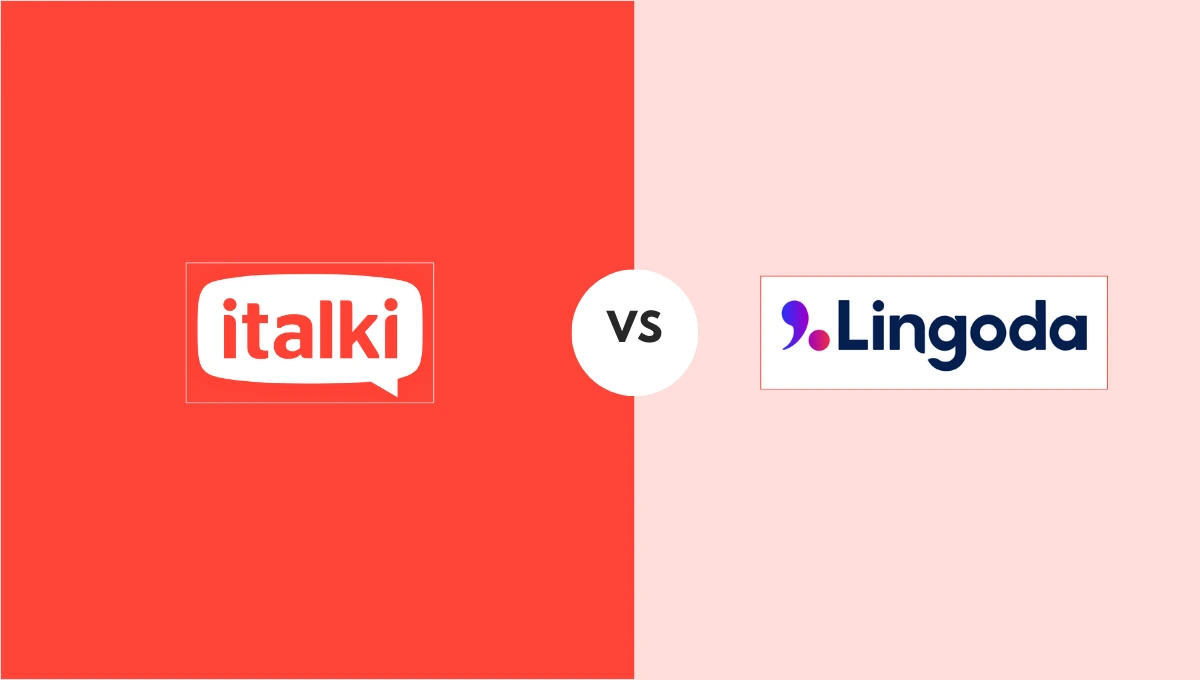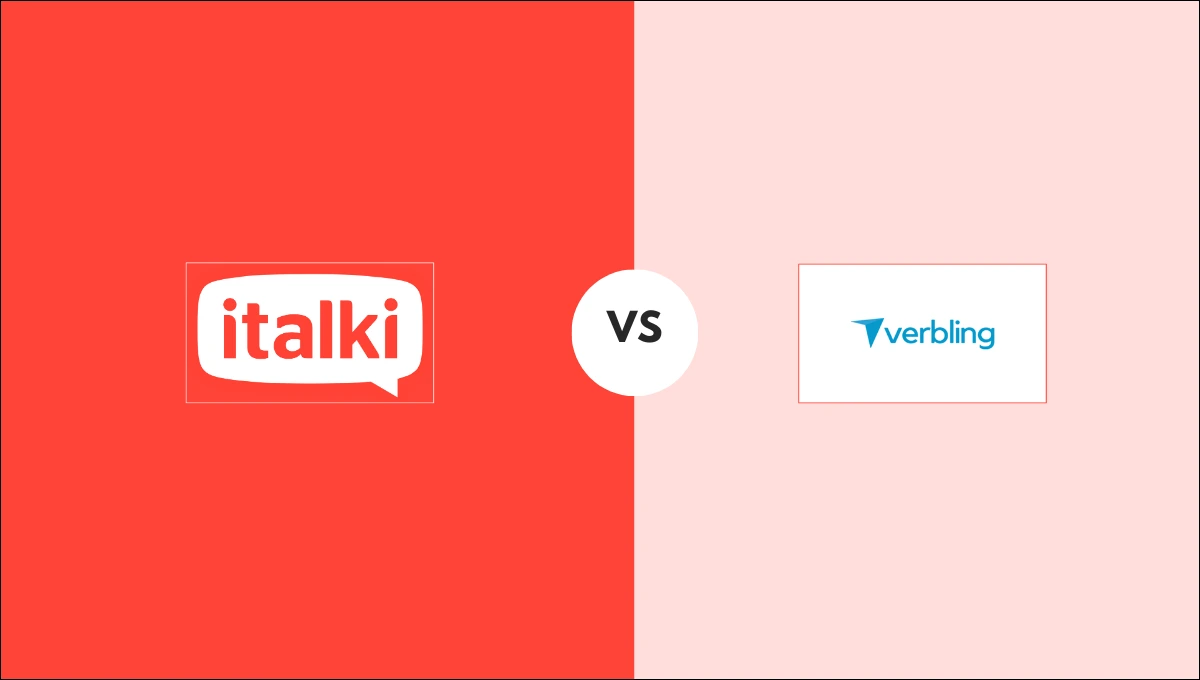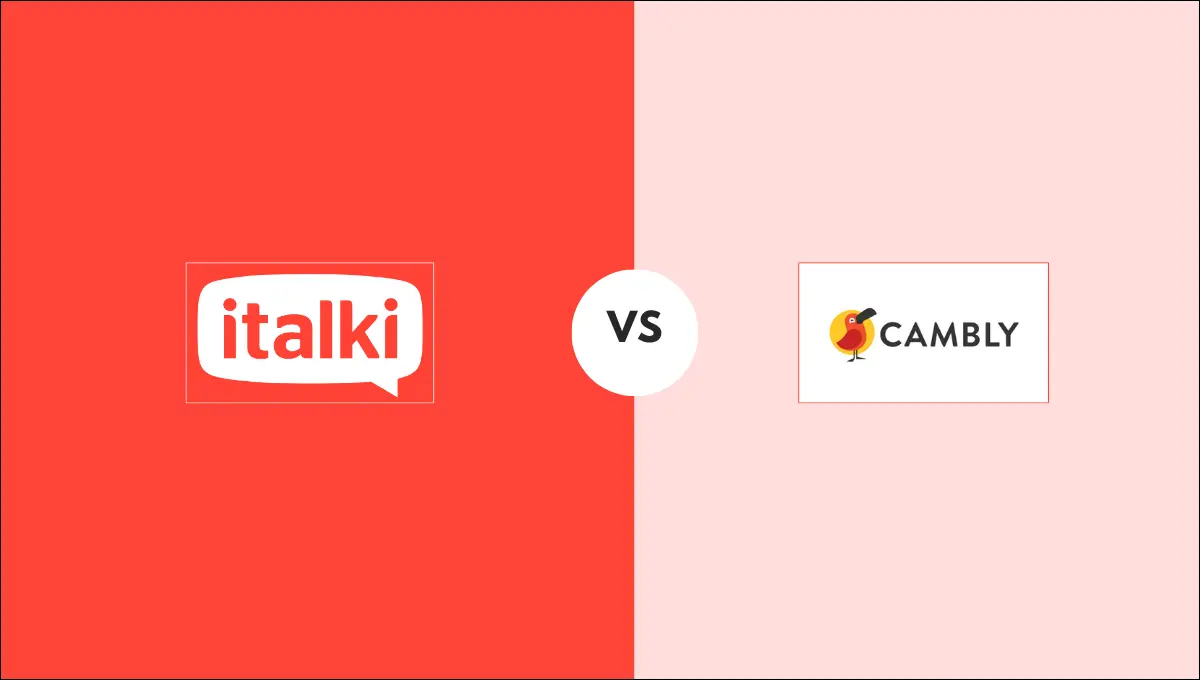Kanji is a system of symbols and one of the elements of the Japanese writing system. Although you don’t need to learn kanji to speak basic Japanese, learning Japanese fluently involves learning to read and write. You aren’t fluent in a language until you’re literate in it, and that’s the number one reason Japanese students learn kanji. It’s widely believed that you need to learn somewhere from 1500 to 2500 kanji characters to be considered fluent in Japanese.
Want to learn a language at italki?
Here are the best resources for you!
Learning kanji will help to improve your Japanese vocabulary
Kanji takes similar affixes as English. For example, in English, a word starting with “un-” means not. It’s not any different with kanji. You can guess the meaning of new Japanese words if you know kanji. Therefore, understanding kanji will help you learn new Japanese words effortlessly.
Use old-fashioned drilling and flashcards to learn Kanji
Spend a few minutes of your studying time to learn new kanji characters and drill the ones you learned previously. Drill their readings and meaning as well. Use flashcards if possible. Fortunately, many flashcard apps will help in your daily practice. When you’re sure you’ve learned a character well, take their flashcard off the deck and make sure to add new kanji to your drilling routine constantly.
Don’t learn in a vacuum
Complete your daily drilling with some real-life kanji study. Just memorization won’t help kanji characters stick. Try reading signs, menus, or short articles in Japanese so you can see how characters are actually used. For faster progress, you can also learn Japanese 1 on 1 with a tutor who will guide you in applying kanji in real-life contexts and correct your mistakes as you go. This combination of practice and feedback will help you learn Japanese faster.
Learn to write kanji
Practicing writing kanji will bring you another step closer to achieving fluency. It will also help you remember the characters and their stroke order, directions, and fine details. There are more than 2000 kanji characters in regular use today. And the Japanese Ministry of Education mandates a list of 2,136 kanji characters to be taught during the 12 years of school education. If you can write them down, then you’re officially Japanese literate.
Mastering these 2,000 – 2,136 kanji will also allow you to read newspaper articles and books.
Use modern learning tools
By now, you must have realized that studying Japanese is a two-stage process. You might start by learning to read and speak only, but eventually, you’ll need to learn to put down and write thousands of kanji characters.
Learning to write kanji correctly is not easy, but fortunately, various mobile applications and manuals help you shorten the learning curve. Practice online using a Japanese keyboard to type your writing as well.
Enroll in Japanese 1-on-1 lessons on italki
Learning elementary Japanese is good, but achieving fluency and a rich vocabulary requires much more time and dedication. If you are serious about learning the Japanese language well, it’s essential to improve your reading and writing skills by practicing kanji.
At italki, we help you find a native Japanese teacher who will customize your lessons to match your learning interests and capabilities. No matter if you want to study kanji or improve your speaking skills, our professional Japanese teachers and tutors are here to help for as little as $10 per class.
It’s never hard to learn a new language on italki.

Find Your Perfect Teacher
At italki, you can find your Japanese tutor from all qualified and experienced teachers. Now experience the excellent language learning journey!
Book a trial lesson




















